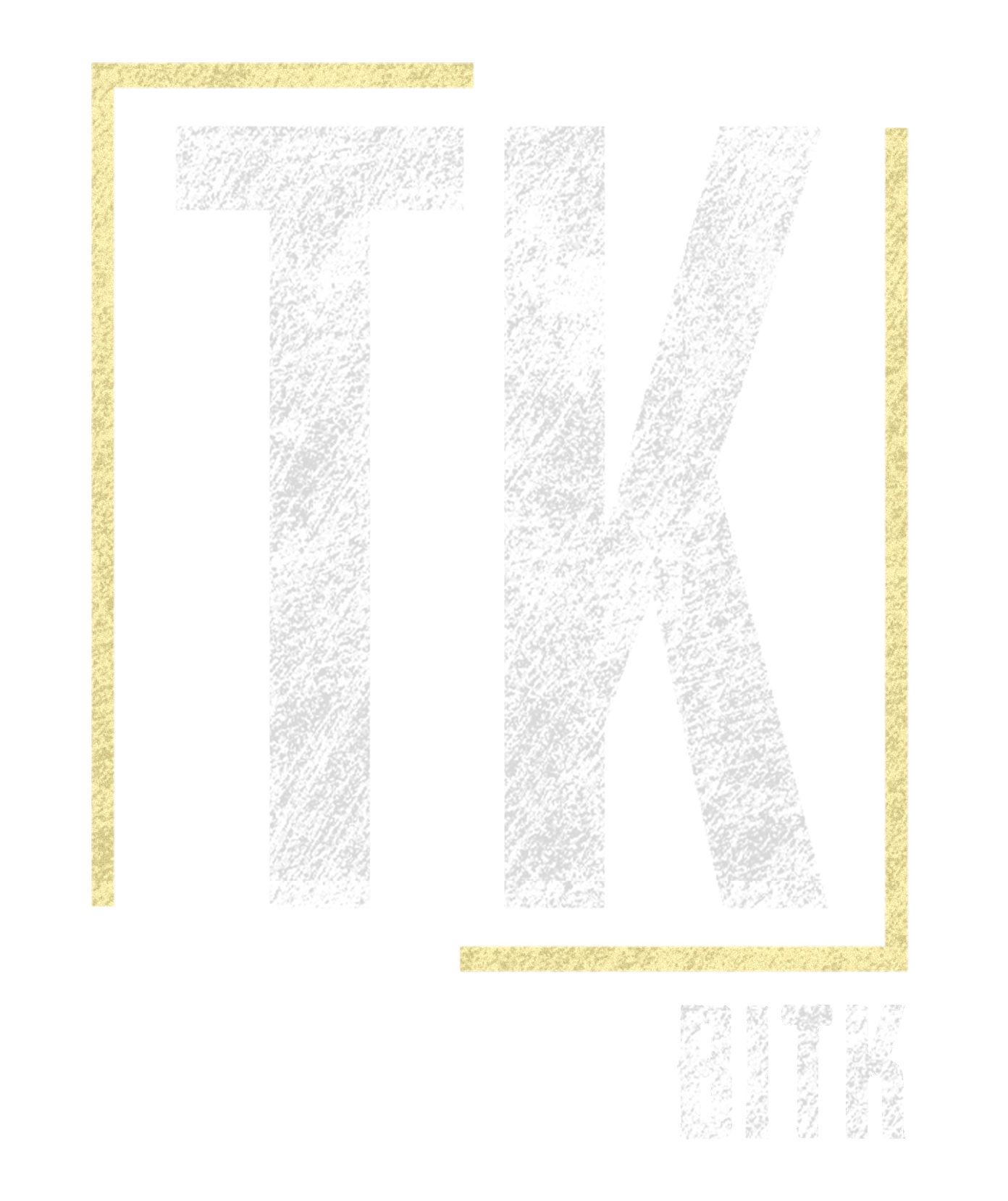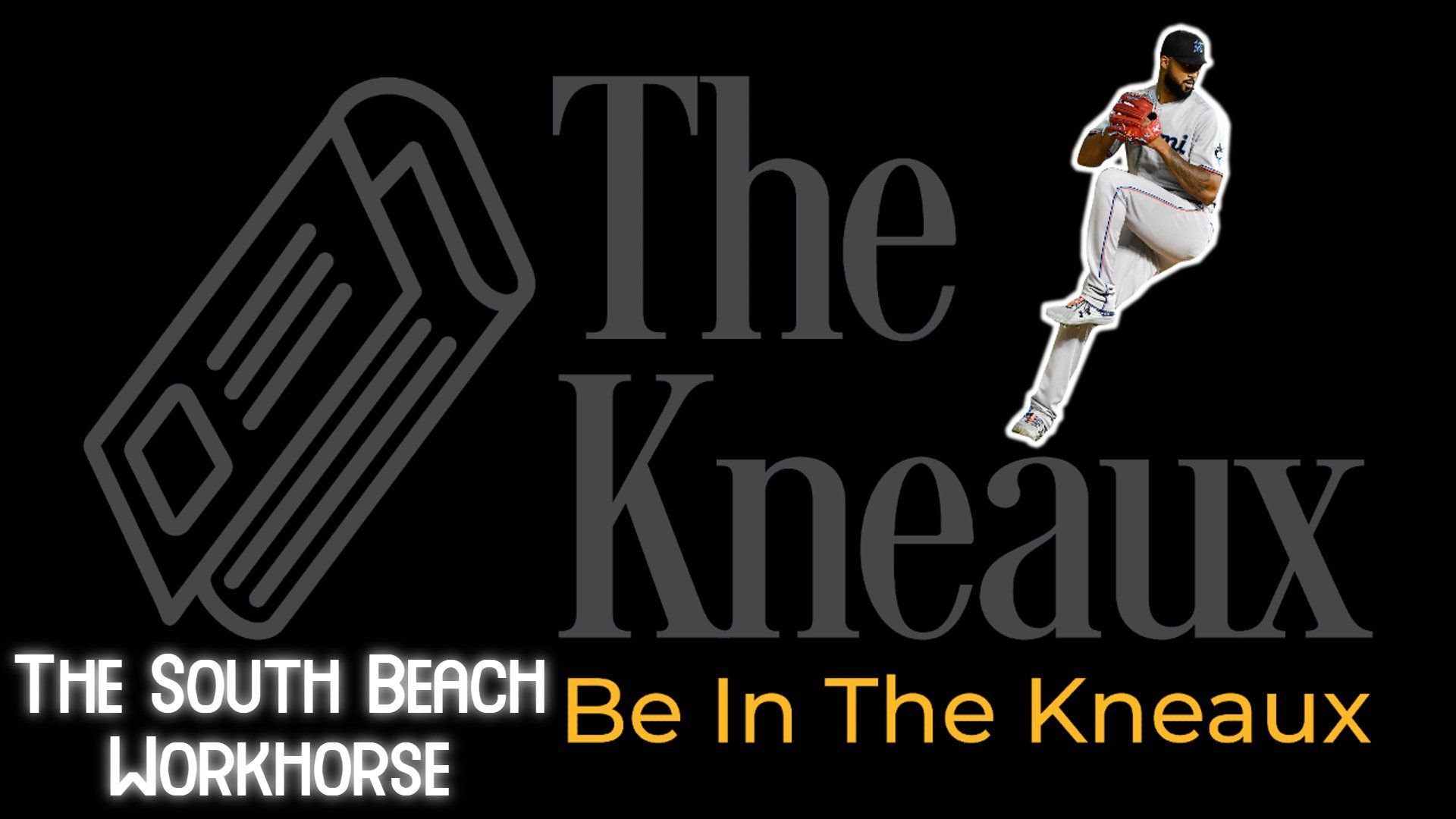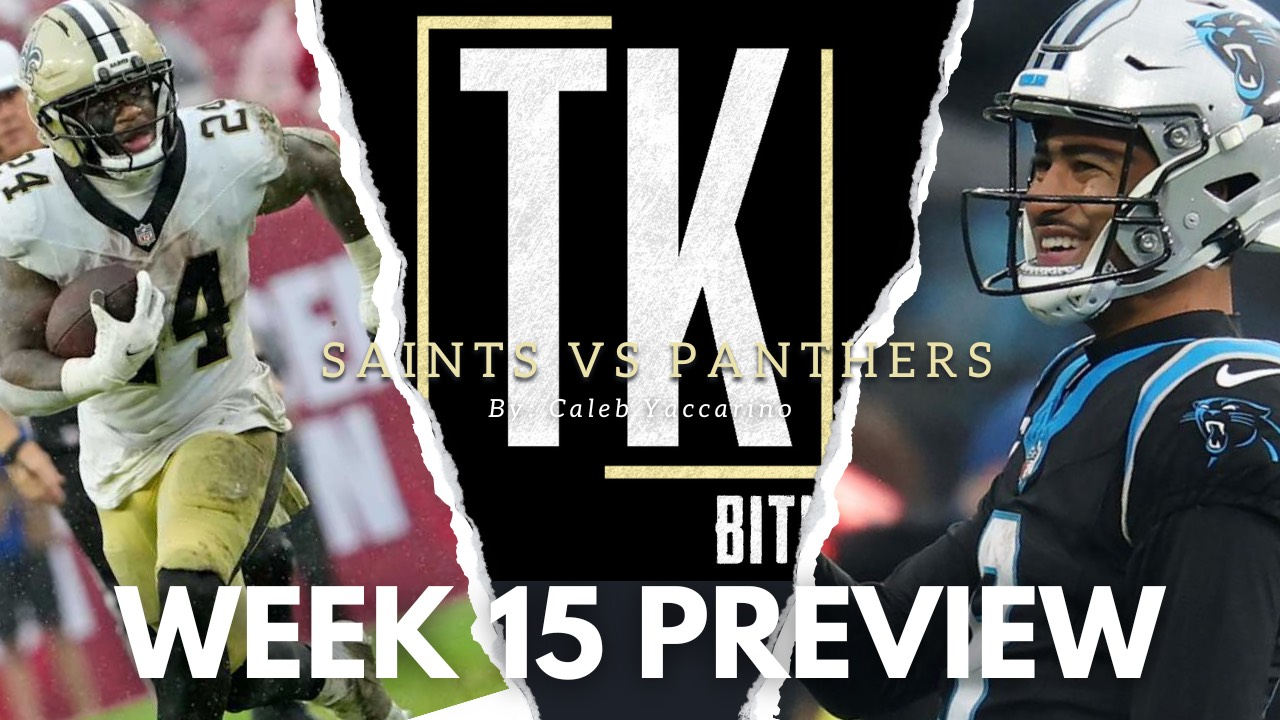Sandy Alcántara: The South Beach Workhorse
I ask you, “Who are the best pitchers in baseball?”
Maybe you’re just a casual fan of the MLB and you respond with the big names you know: Kershaw, Ohtani and DeGrom.
Maybe you’re a little more knowledgeable and get deeper into the weeds with Corbin Burnes or Carlos Rodon.
Or maybe you’re a baseball nerd and can rattle off some of the guys who are putting themselves in the conversation this year. Shane McClanahan. Martin Perez. And finally, Sandy Alcántara.
When you want to stand out in a crowd, what do you do? You excel in areas your peers don’t. You go against the trends. One of the trends in baseball in recent years has been the disappearance of the TRUE starting pitcher. I’m talking about the true workhorses that give you 7 to 9 good innings every start. We all know about closers in baseball, but we are even starting the see teams use opening pitchers who pitch 2-3 innings just to be replaced by a reliever in the 3rd or 4th inning. Let’s revisit some of the names of the best pitchers from before and look at their innings pitched this year.
Clayton Kershaw: 56 innings in 10 starts.
Ohtani: 81 innings in 14 starts
Corbin Burnes: 106 innings in 17 starts
Shane McClanahan: 98 innings in 16 starts
Sandy Alcántara: 123 INNINGS IN 17 STARTS
One of these is not like the others. Sandy Alcántara, the best pitcher you probably haven’t been paying attention to, is the 26-year-old Ace for the Miami Marlins. He has an elite 5-pitch pitch mix that includes a fastball that touches over 100mph and disgusting 90mph slider. But the most impressive thing about Sandy is his ability to defy the trends and dominate for 7 plus innings every start.
Maybe I’m just one of the baseball nerds I mentioned earlier, but what he’s doing this year is truly fascinating. He’s pitched 11 more innings than Aaron Nola, the next closest pitcher with the same amount of starts. The best pitchers in today’s game average 5 to 6 innings at best, as I showed earlier. Sandy averages above 7 and is alone in that stat. Not only does he give the Marlins 7 innings every start, but he also gives them 7 quality innings while throwing 100 plus pitches and having the velocity on his pitches hardly drop off at all.
Sandy has an ERA this year of 1.82 which is third in baseball. His 17 games started is tied for a league best, and his 123.1 innings pitched are by far league leading. This is the most innings pitched in 17 starts since Dallas Keuchel in 2015. He’s on a historic pace when it comes to innings pitched. He’s also the only pitchers to have multiple complete games. But as I mentioned, he isn’t just going out for 7 innings or more every start, he’s dominating every inning from start to finish. In his most recent start against the Angels, he pitched 8 innings while giving up no earned runs, 2 hits and striking out 10 batters. Since May 6th, he’s given up 2 earned runs or less in all but 1 start. He even had a stretch of six games between May and June, where he allowed zero earned runs in 7 innings pitched. Simply dominant.
Is Sandy Alcántara the best pitcher in baseball? For my money, without a doubt. Can he keep this up? I’m not sure. That’s not to say his success is a fluke, but more so a concern when it comes to injuries. But he’s handled it well to this point in his career. But I hope that he keeps it up, because it’s amazing to see as a fan of baseball. I love a lot of the changes happening in baseball, but I long for the days of not seeing a team role out reliever after reliever. He is baseball’s last remaining true workhorse. Anyone who can pitch seven plus innings consistently in today’s game is a unicorn. Anyone who can do so with a 1.82 ERA is in a league of his own. Next time he’s scheduled to pitch, sit down and tune in, because he is absolutely worth the watch.
Follow David Rainey on Twitter.
A quick share helps us a lot!



